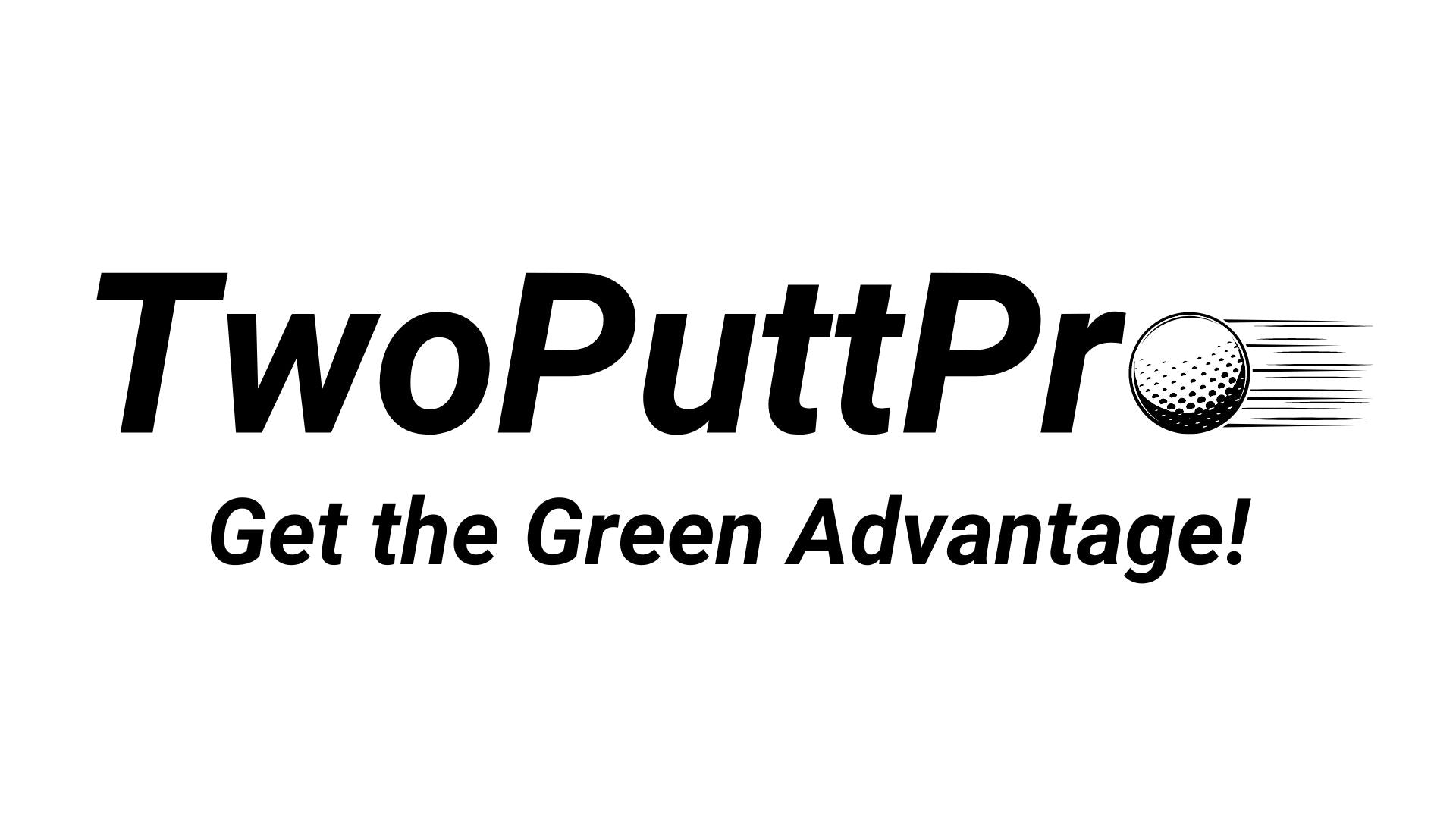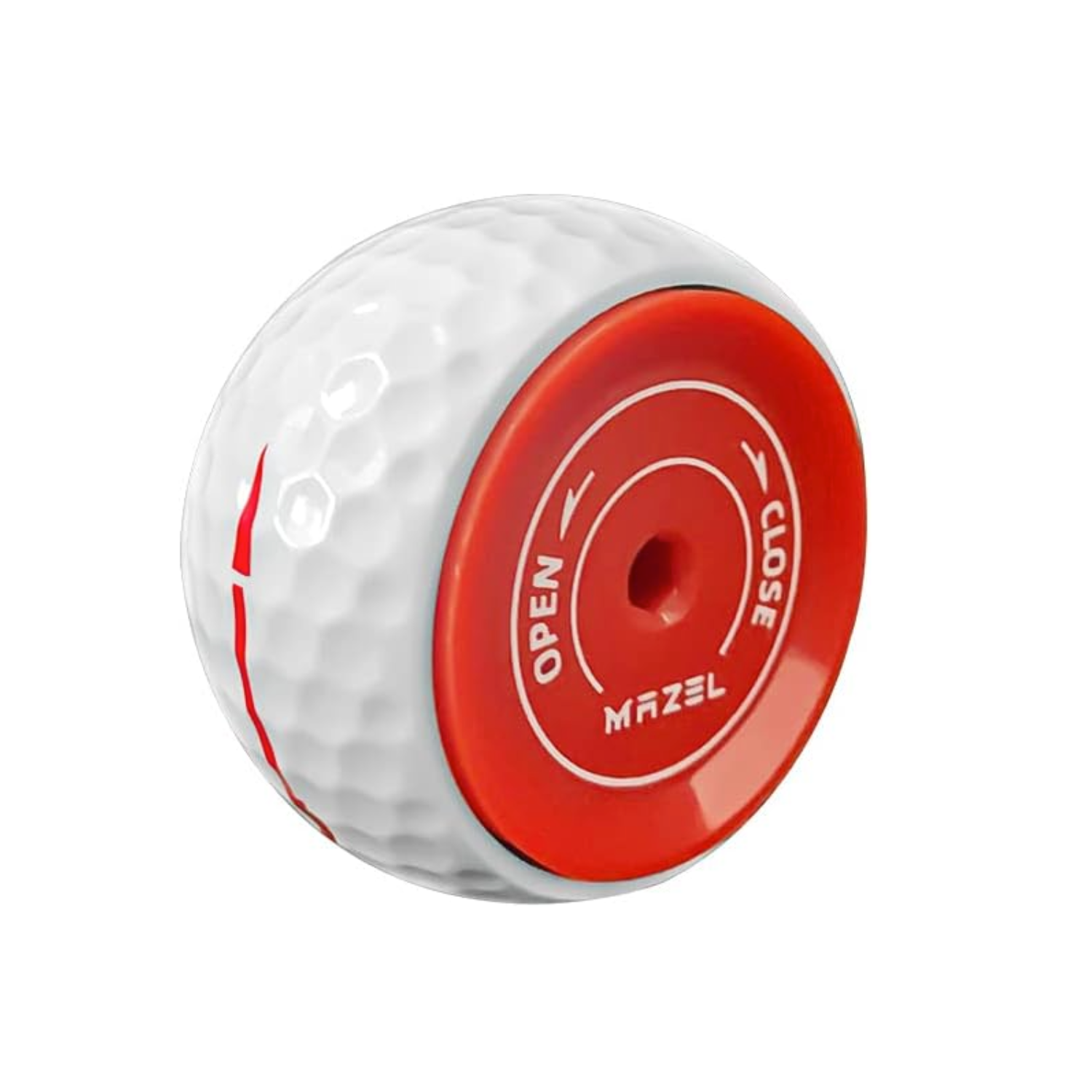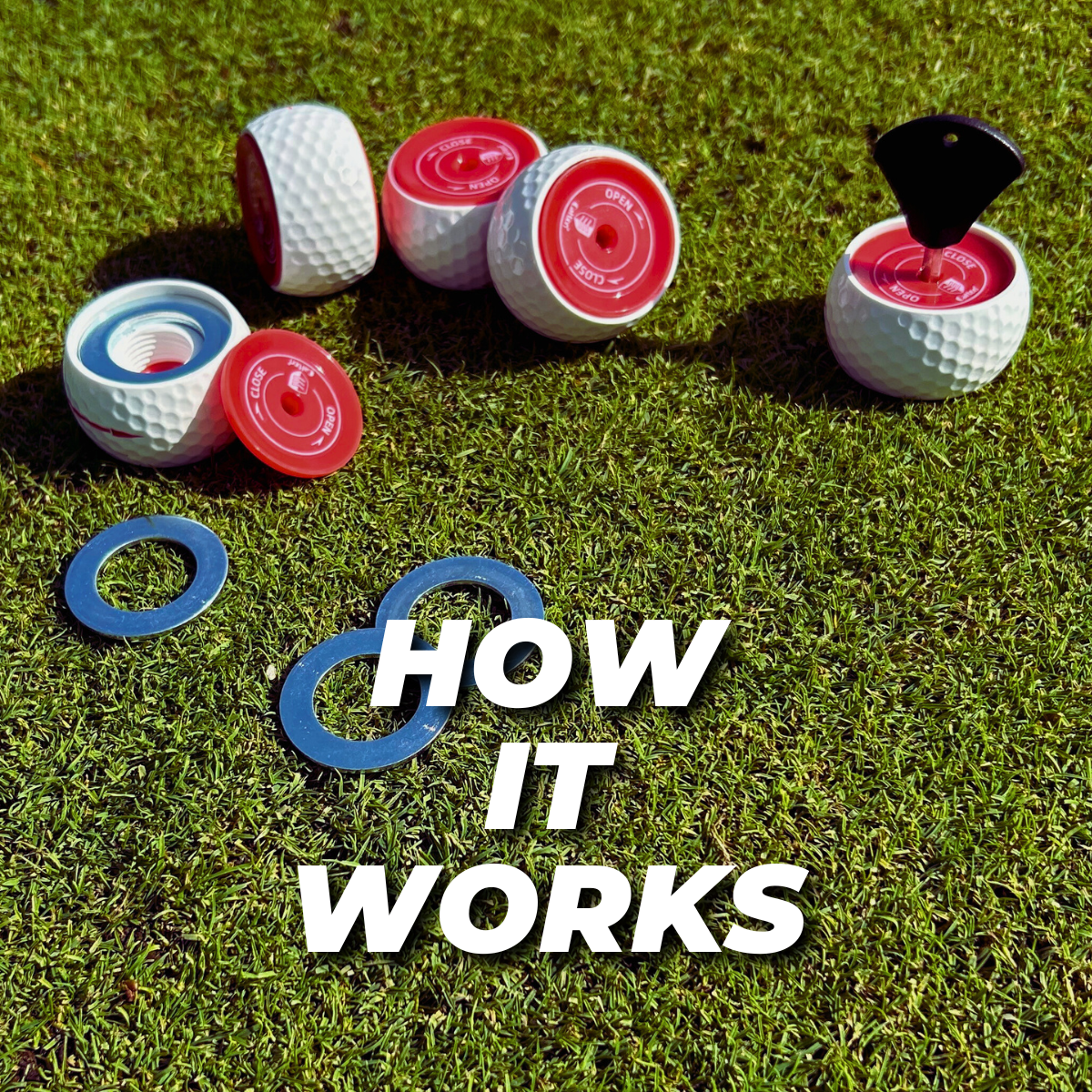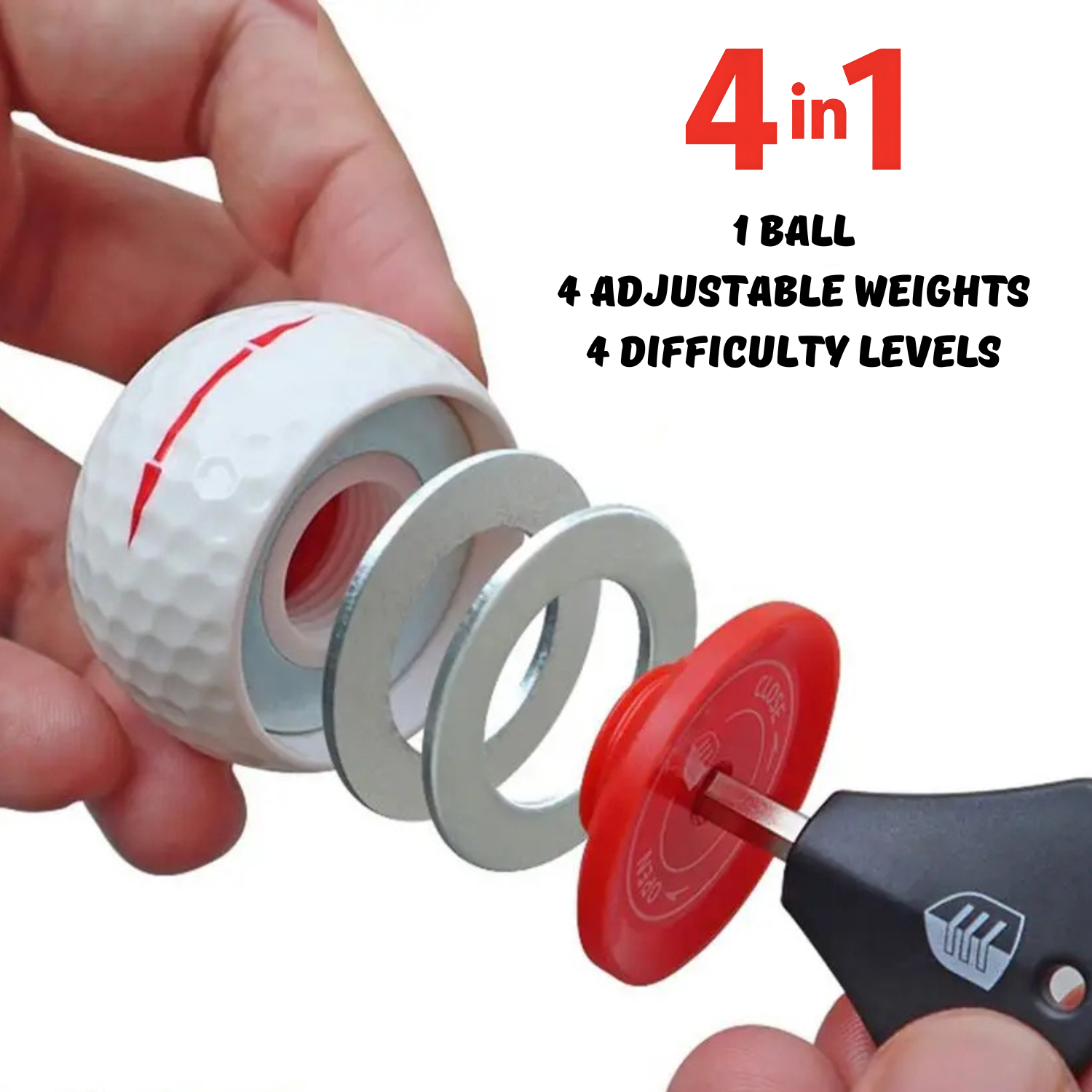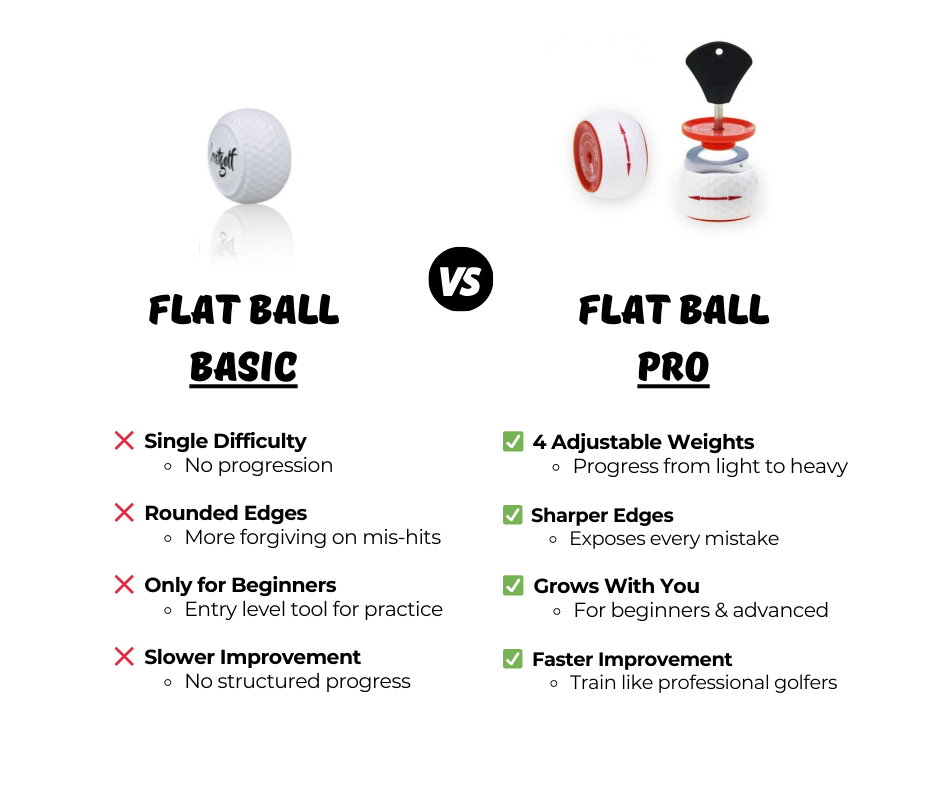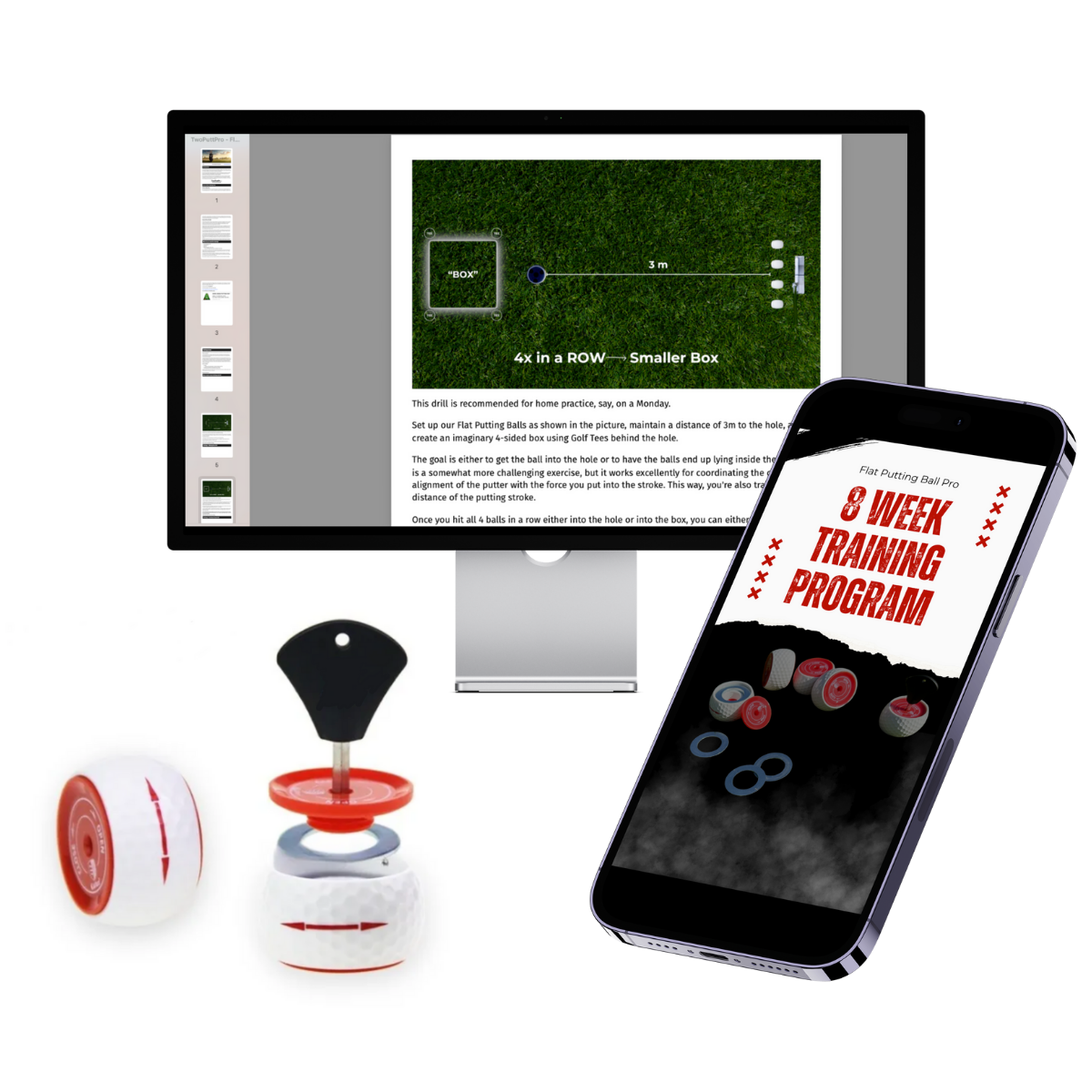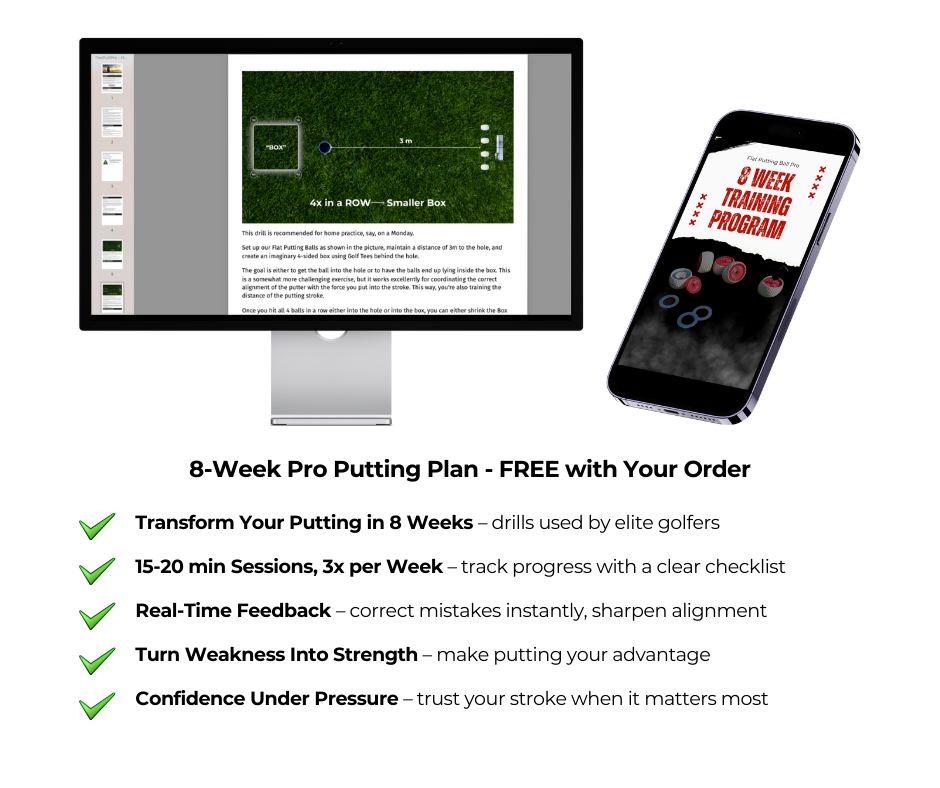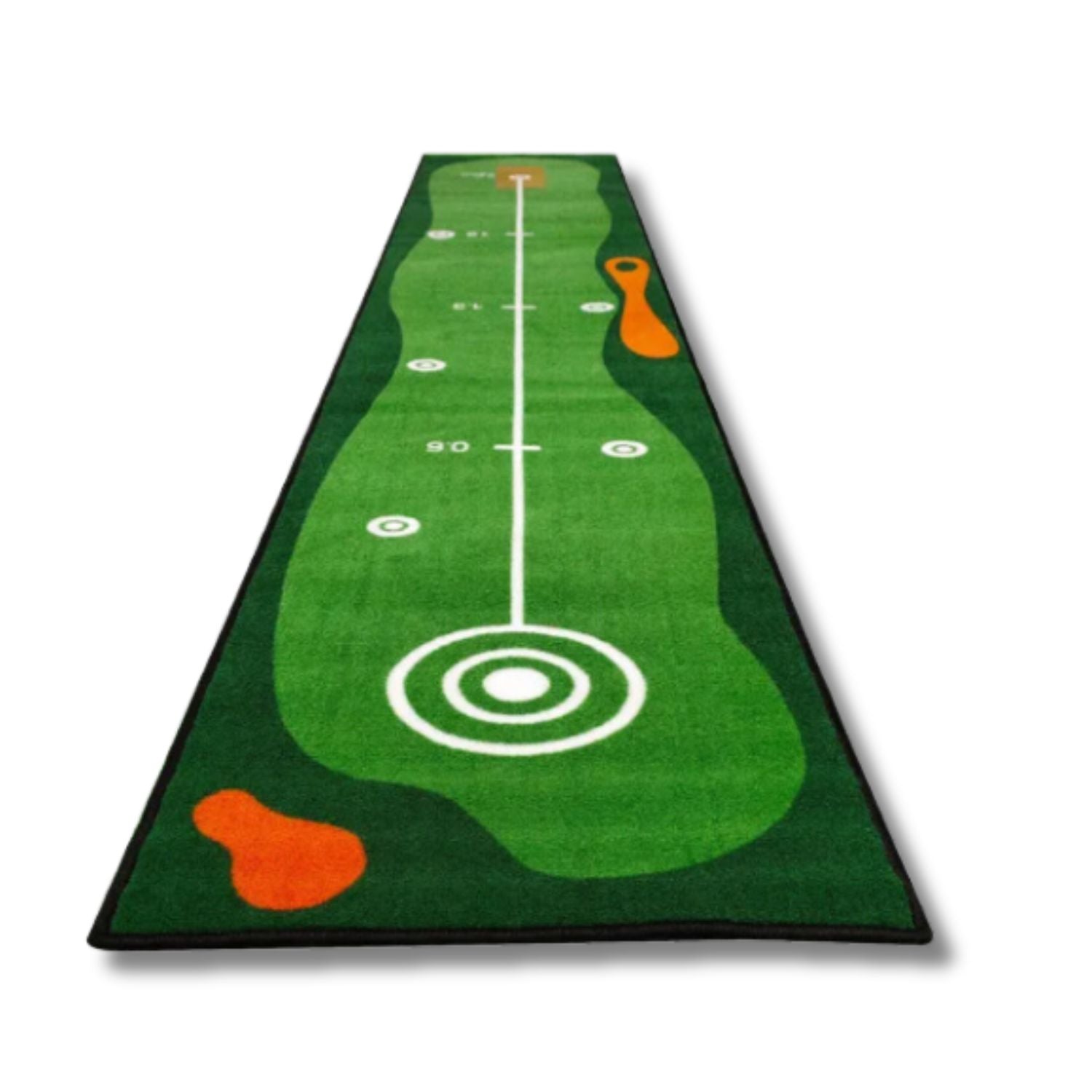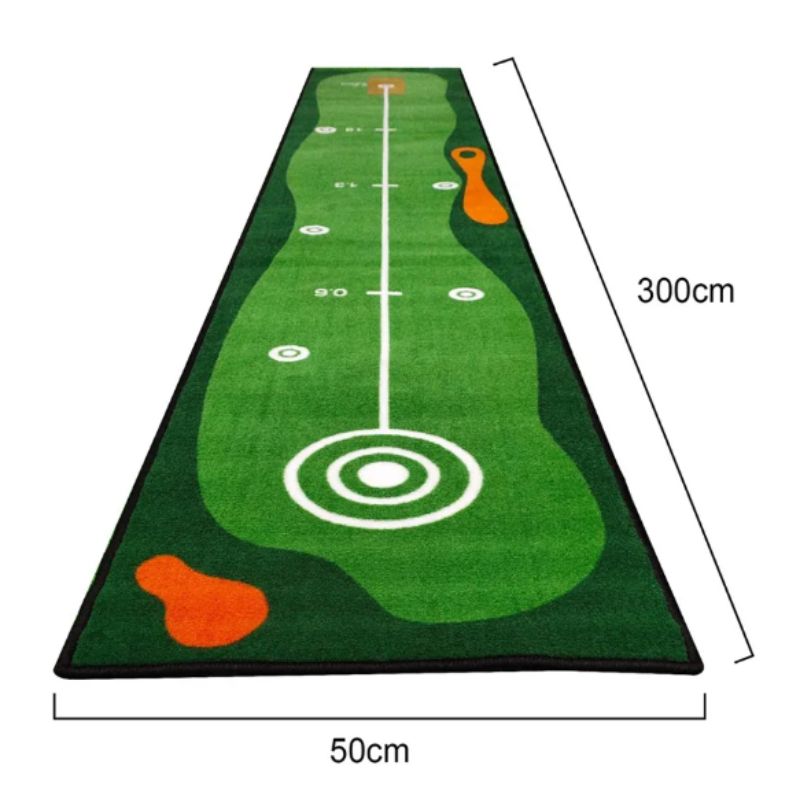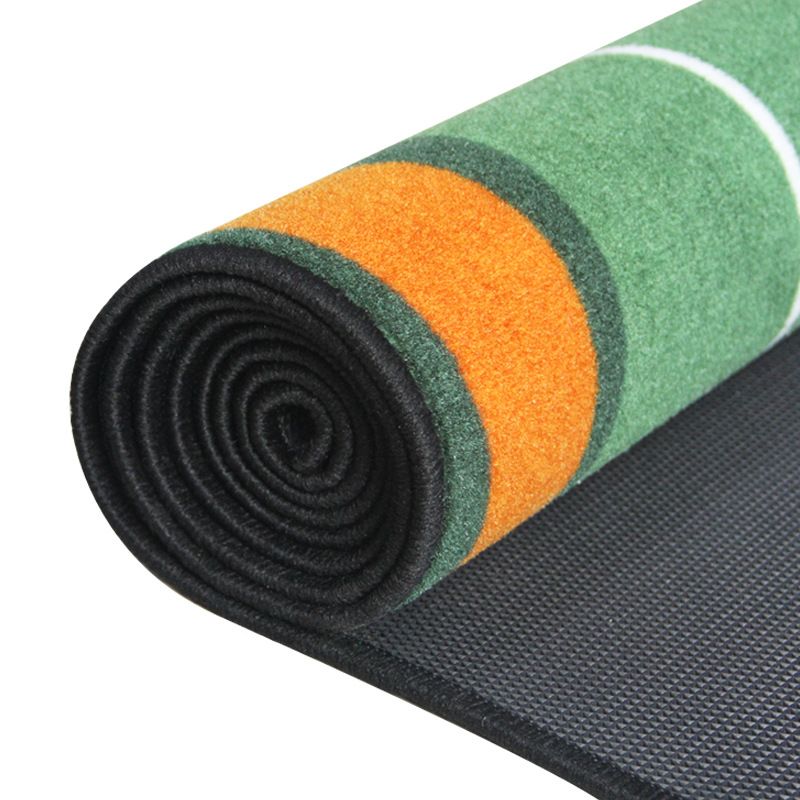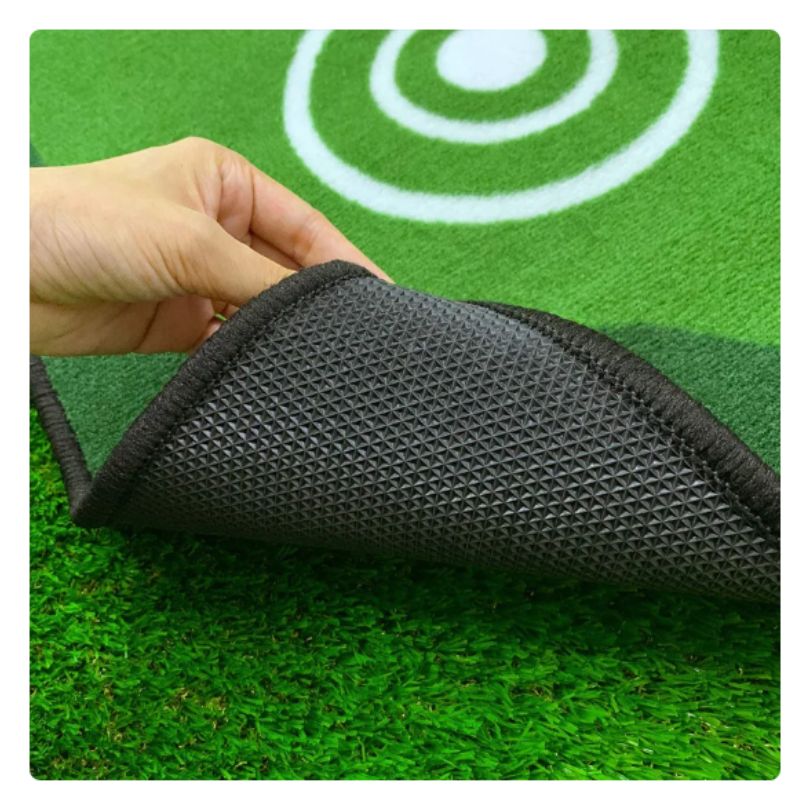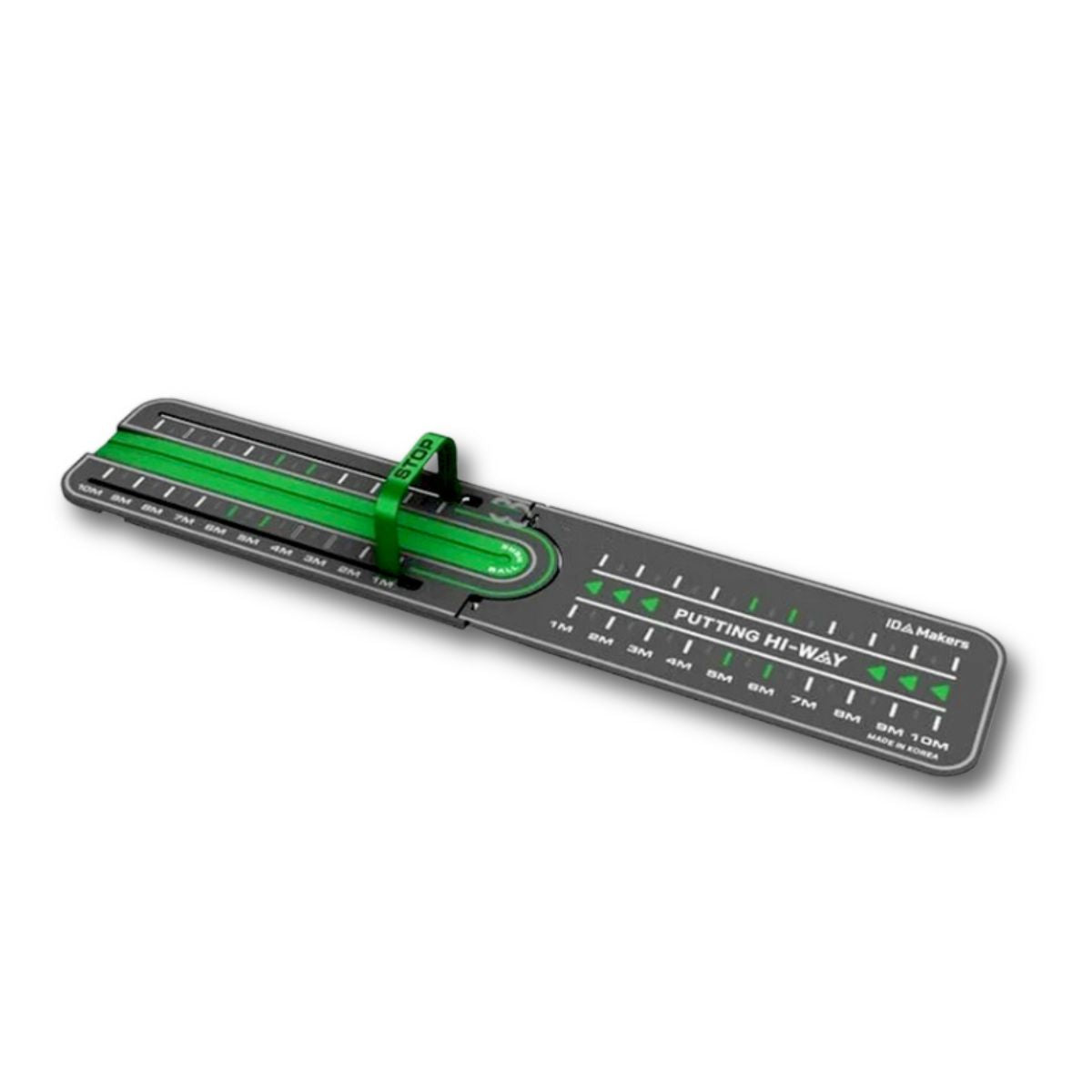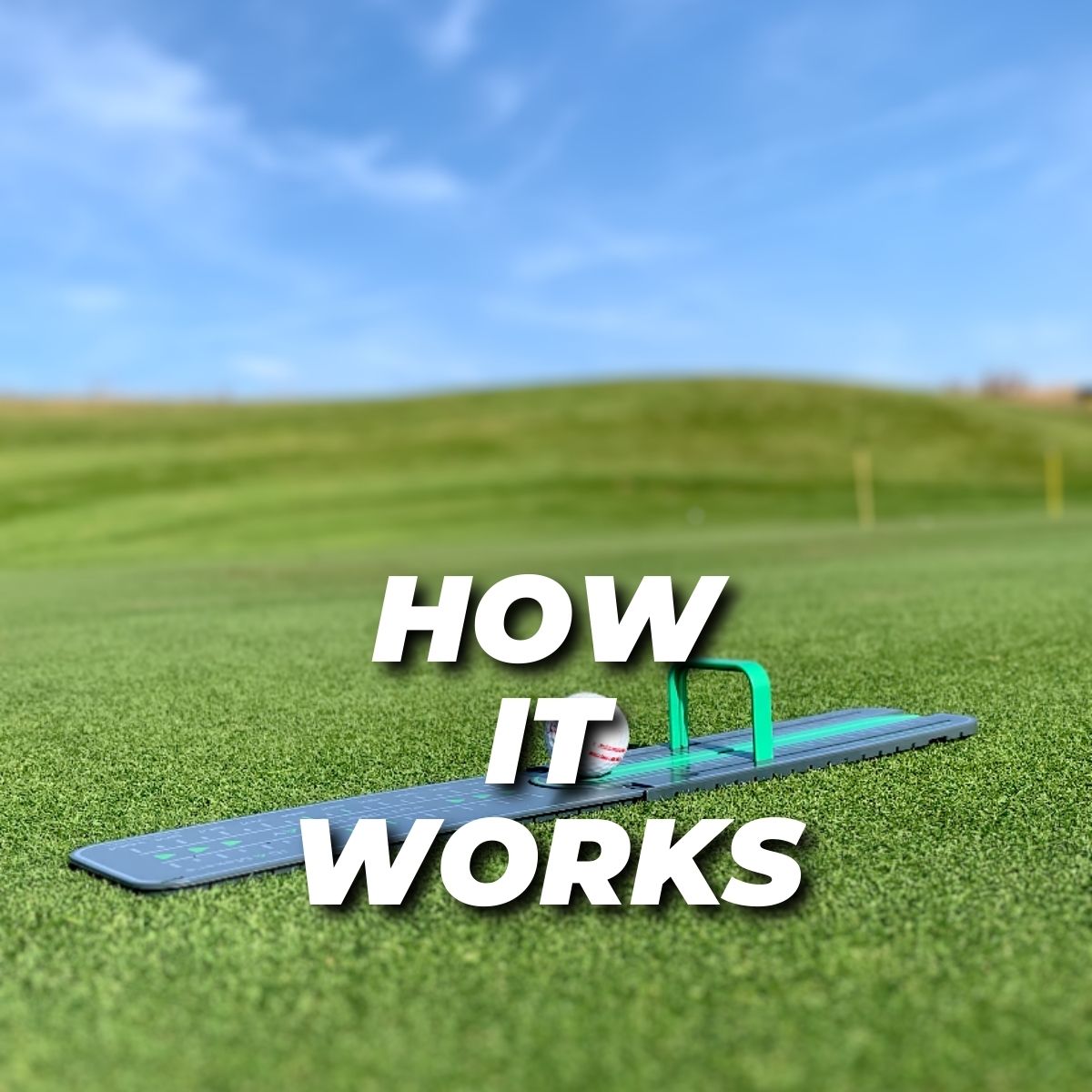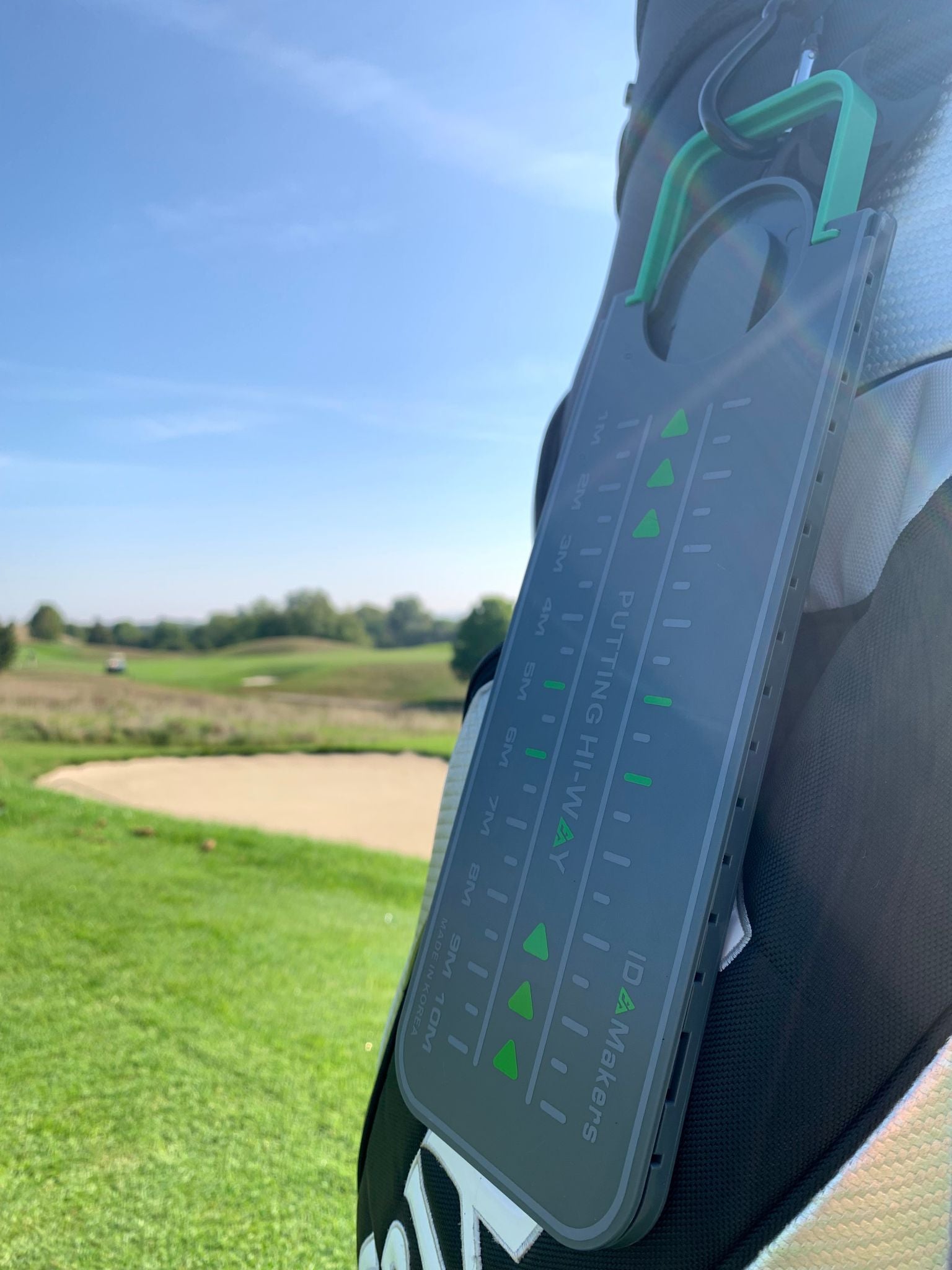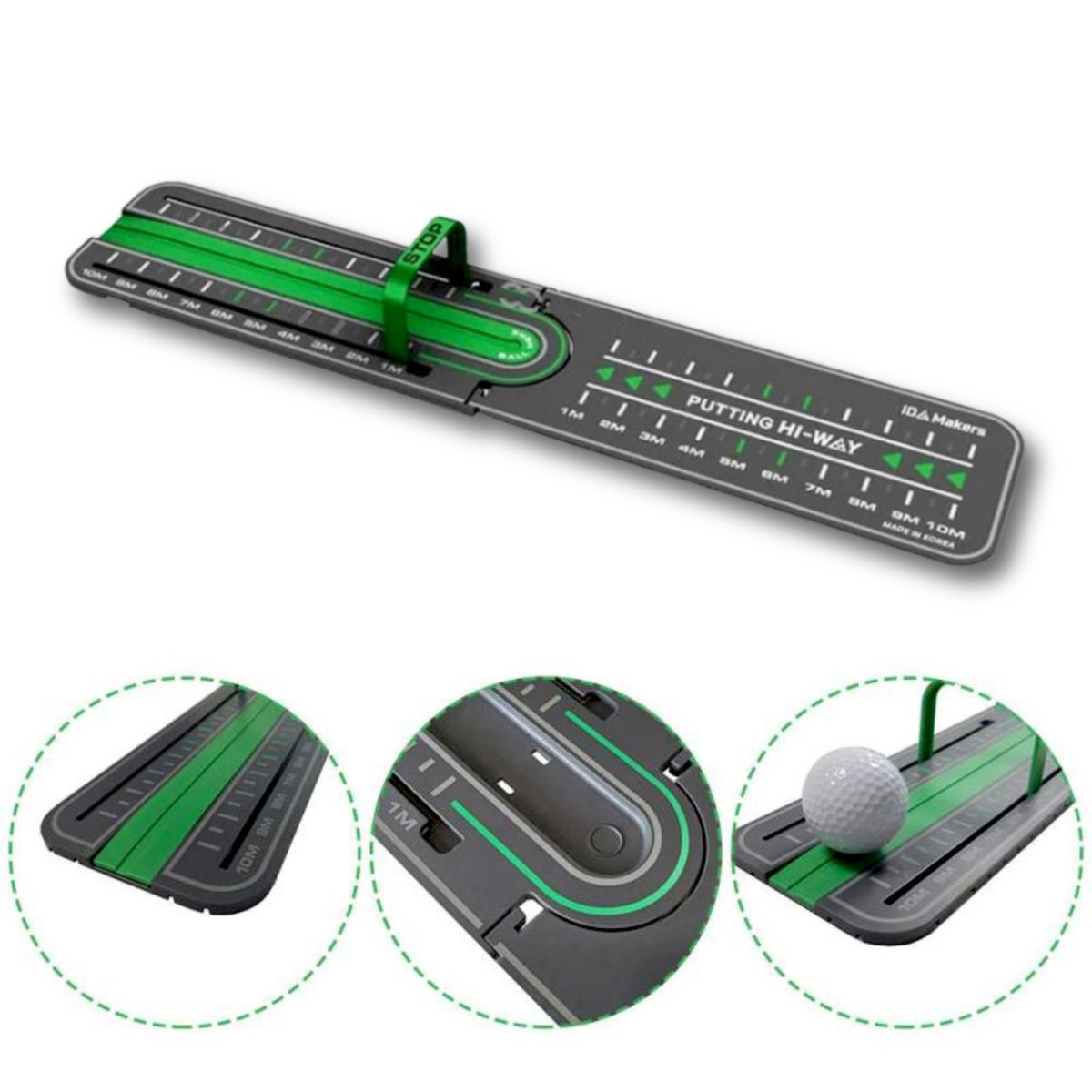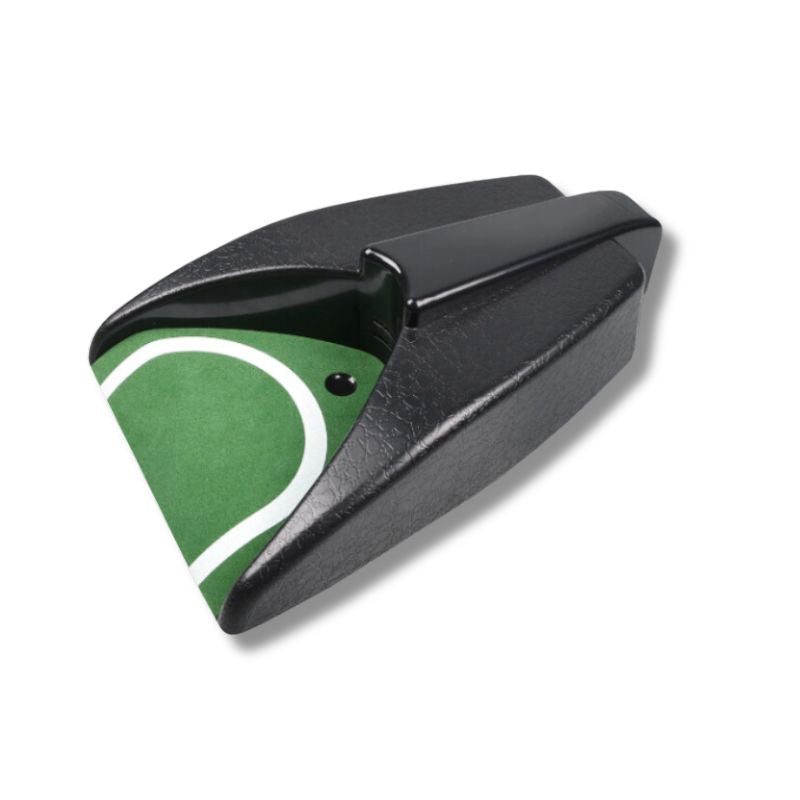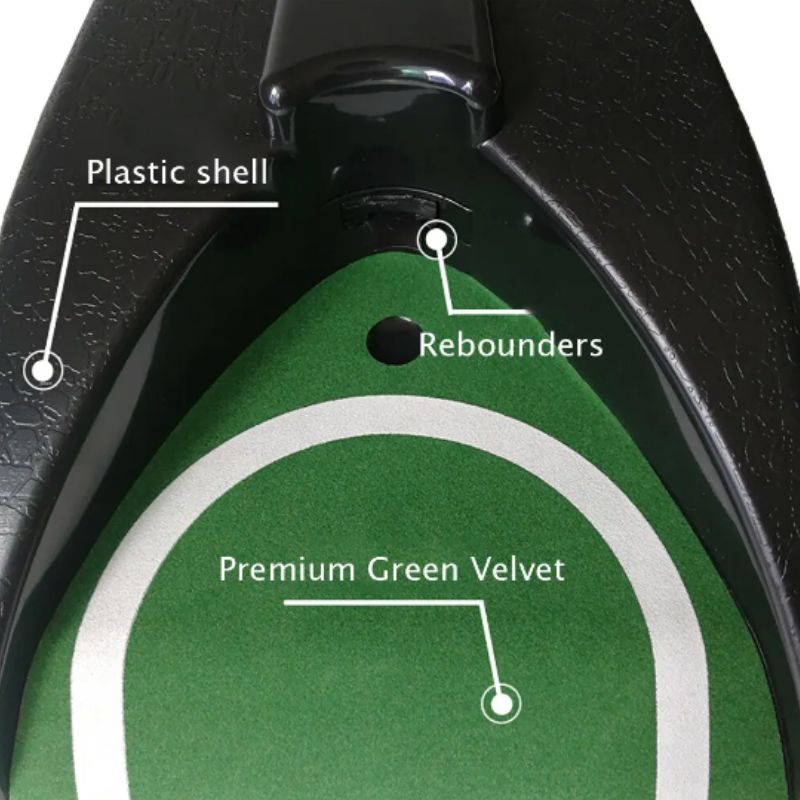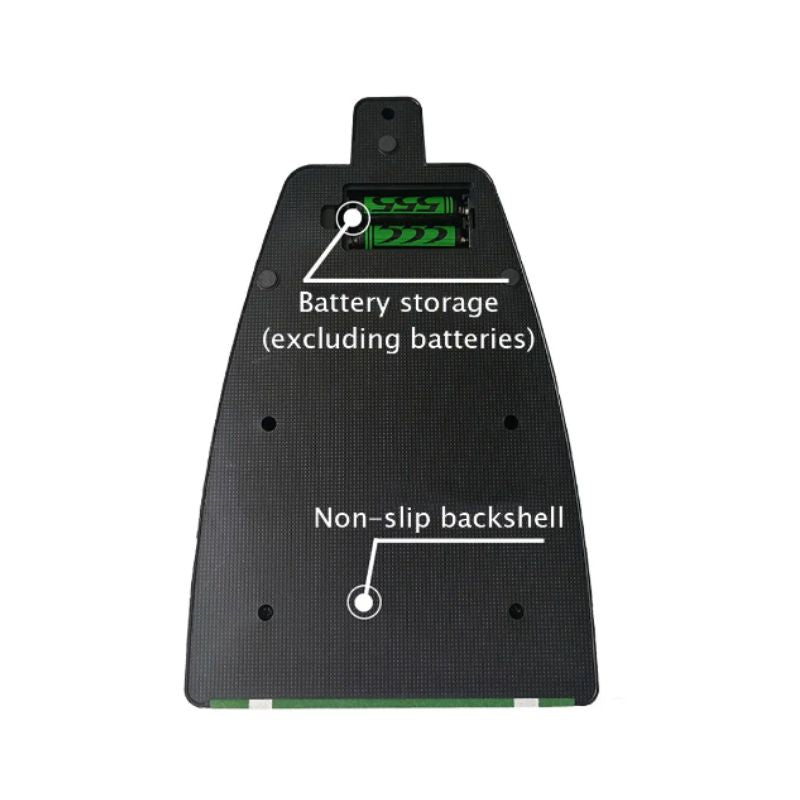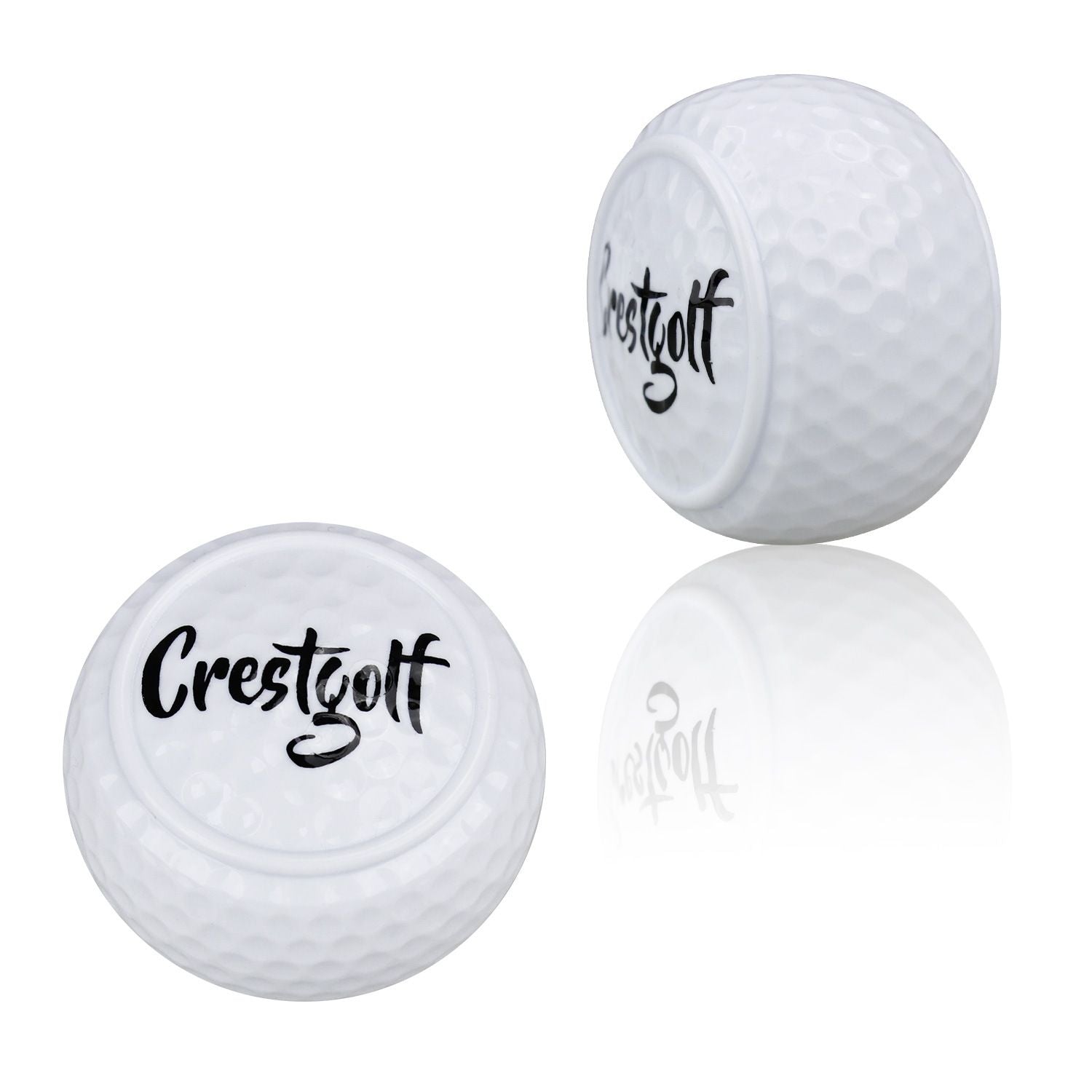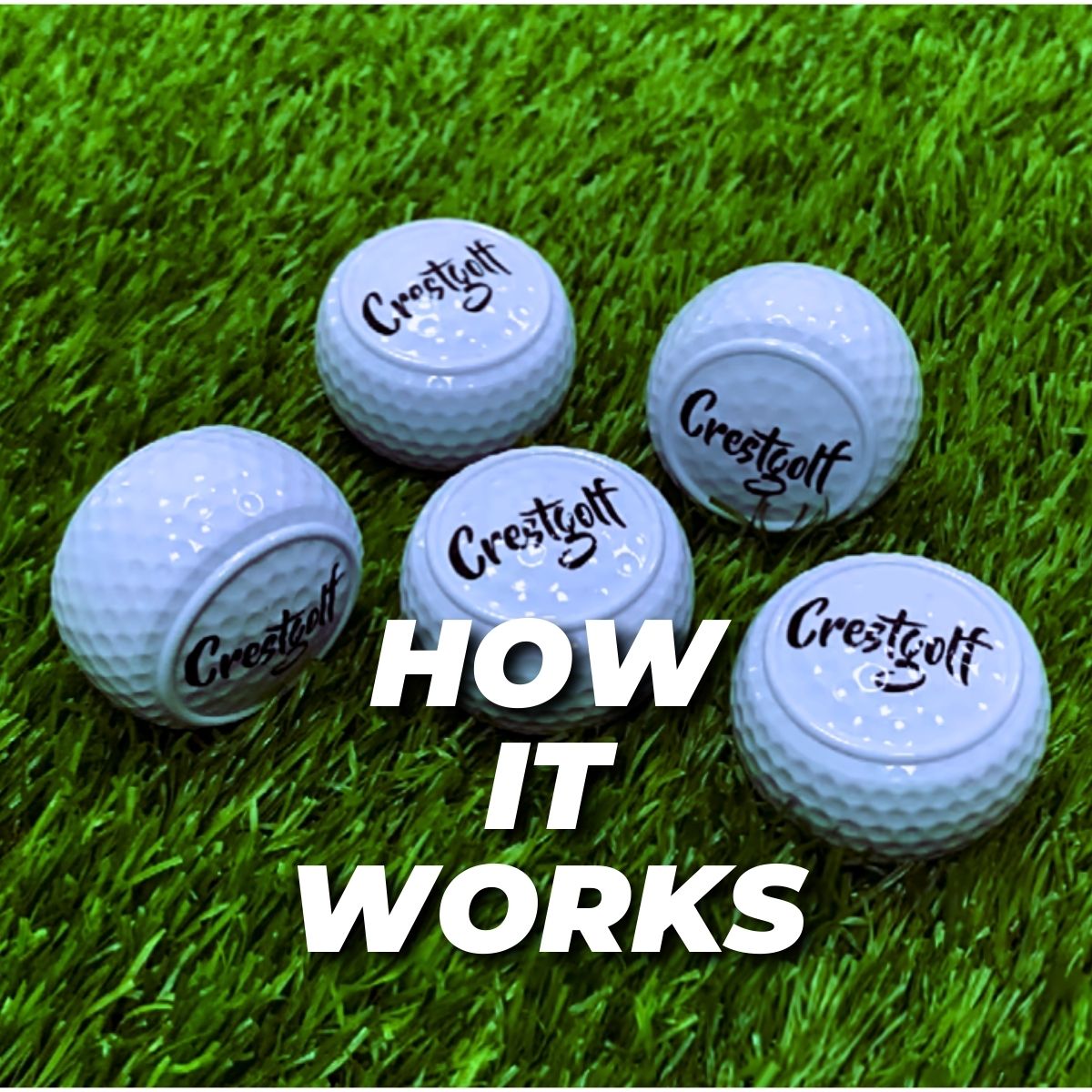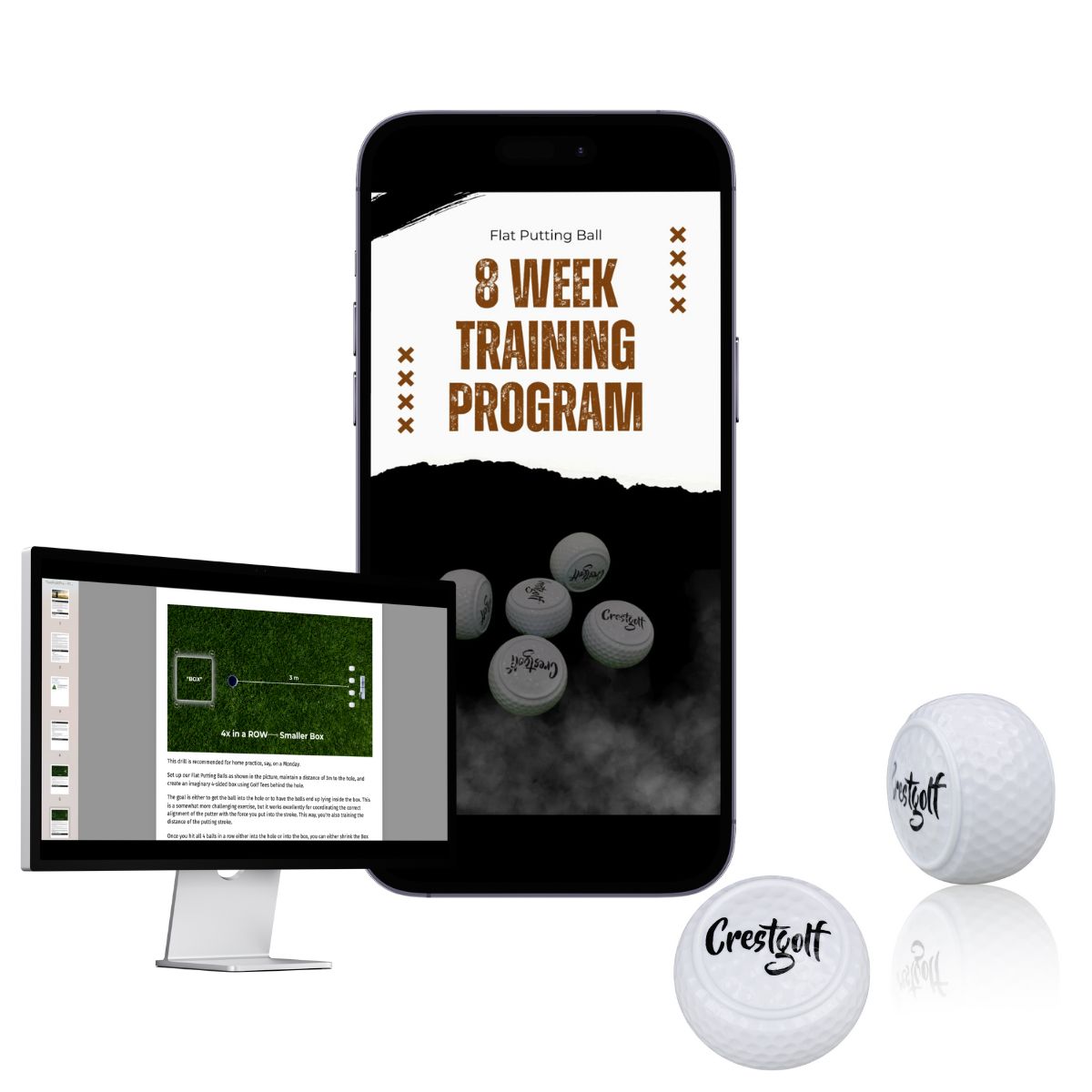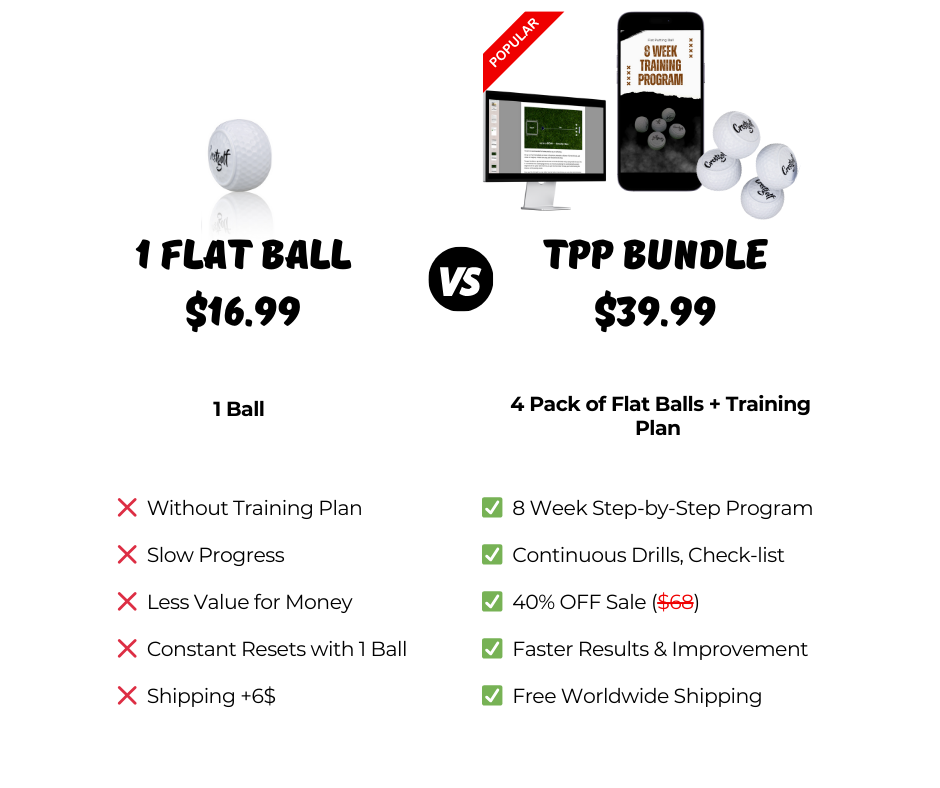Mastery of putting is the fastest way to lower your golf scores. Yet, most golfers fail because they're not employing the right equipment to improve their skills. One key aspect that's easily neglected? The practice putting ball. Today, we are going to discuss the difference between flat golf balls and regular putting golf balls, and help you decide which will be of greatest benefit to your putting alignment and ability to two-putt all the greens.
The Role of Golf Balls in Putting Practice
When many golfers take into consideration dealing with their short game, the first thing that comes to their minds is the putter or the green. They do not usually think of the putting ball, though. However, practice ball you work with plays an incredible role in building consistent putting skill.
The proper ball will help you focus on important details like putting alignment, distance control, and stroke feel. That is why choosing intelligently between an ordinary golf ball and a flat golf ball for your practice time can be the game-changer.
What Is a Flat Golf Ball?
A flat golf ball is designed for practice putting. A flat golf ball has a slight "flattened" shape, as opposed to a normal spherical golf ball. This unique shape forces golfers to hit the ball square with perfect alignment. The flat ball will wobble, tilt, or roll off line if the stroke is poor—giving you an immediate check on your putting stroke.
This feedback is what makes flat putting balls so valuable for improving your skills. You’ll instantly know whether your putter face was open, closed, or perfectly aligned at impact.
Traditional Golf Balls: Pros and Cons for Putting Practice
Traditional putting golf balls are the same as what is played on the course. They have a natural feel and response when training, which is essential for carrying over directly to real play. They don't offer instant stroke feedback, however, like flat balls.
Advantages:
• True roll and feel
• Easy to switch to playing on the course
• Good for practicing distance control
Disadvantages:
• Less stroke quality feedback
• Misalignments harder to notice
• Easy to practice with poor habits
With regular golf balls, you might be feeling like you're putting great, but there are tiny mistakes happening. Those mistakes can add up over time and have a negative impact on your play on the course.
Flat Golf Balls: Pros and Cons for Practicing Putting
Flat golf balls are an excellent practice tool for refining your stroke mechanics and building a consistent putting rhythm. They test accuracy, focus, and consistency.
Pros:
• Instant misalignment feedback
• Better stroke mechanics at a quicker rate
• Improves muscle memory more
• Ideal for alignment drill practice
Disadvantages:
• Full course play is not ideal for them
• Feel slightly different from regular balls
• Must switch back to regular balls before competition
Flat putting balls reveal every little flaw in your stroke, which can be embarrassing—but it's the kind of feedback that leads to real improvement.
How Flat Golf Balls Improve Your Putting Alignment
Alignment is the most important thing about putting. A misalignment as small as a fraction of an inch can make a flawless stroke into a missed putt. Flat golf balls are specifically engineered to assist you in locking in your putting alignment.
When you put with a flat ball, you can see at once if you are not in alignment. The ball will wobble or lean rather than roll smoothly to your target. Working with flat balls causes you to focus intensely on aligning your putter face correctly and making a square strike, which automatically results in better alignment habits over the long term.
If you've ever asked the magic to two-put the entire green, consistently, you have to learn alignment with a flat ball.
Flat Putting Ball's Greatest Drills
Here are two simple and productive putting alignment practice drills you can use with a flat golf ball:
1. The Straight Roll Drill
• Place a straight 3-foot putt.
• Position your flat putting golf ball on the original location.
• Proximity to a square stance and clean contact.
• If the ball rolls consistently and not with wobble, your alignment and stroke are correct. Otherwise, realign and try again.
2. The Gate Drill
• Position two tees slightly wider than your putter head about 1 foot in front of the ball.
• Stroke through the gate with a flat ball.
• If the ball strikes a tee, you're aware that your path or alignment is incorrect. Check and re-try until you roll effortlessly through the gate.
Both practice aids give solid visual and kinesthetic feedback that will enable you to correct errors and build confidence in your stroke.
When to Switch Back to Conventional Golf Balls
After consistently practicing with flat golf balls for a couple of weeks, it is critical to switch your newly honed stroke back to normal golf balls. This helps the feel, speed, and touch necessary for actual greens become imprinted before competitive or tournament play.
Use the flat balls 70% of practice time and work gradually towards 30% of regular golf balls as you lead up to actual rounds. This balance will give you both the mechanical sharpness and touch necessary to get it done in sticky situations.
So Which One To Use?
Simple: Both!
Use flat golf balls as practice balls and standard putting golf balls when getting ready for competition.
Flat balls are your drills hardware for mastering mechanics, and old-school balls are for distance control improvement and getting used to real greens. This kit will have you more in tune on the putting green, with a smoother stroke and quality 2 putts or fewer on each green.
Final Thoughts
If sinking more putts and lowering your scores is something you're dead serious about, spending time practicing flat golf balls is no-brainer material. These simple-yet-powerful tools identify your weaknesses and turbo-charge your path to supremacy on the green.
The next time you tee off for practice on the green, remember: Train smart, putt sharper, and two-putt every time!
